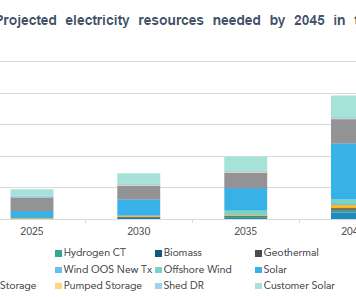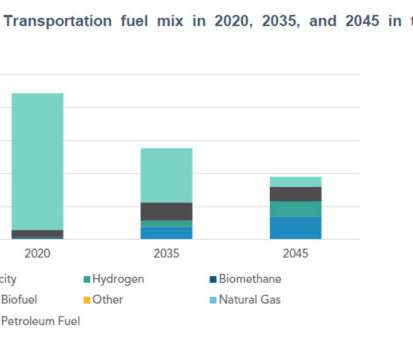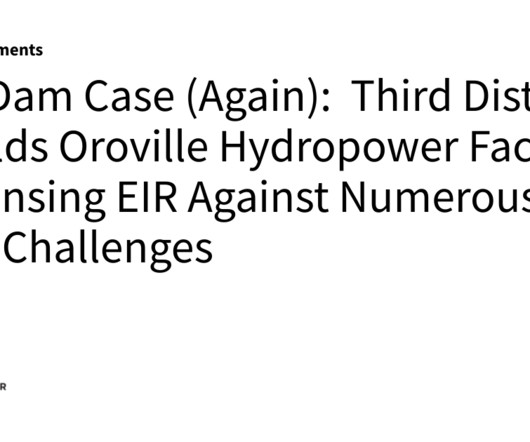California Air Resources Board Releases Draft Scoping Plan Update
Clean Energy Law
MAY 16, 2022
Originally, the California Global Warming Solutions Act of 2006 required CARB to develop a scoping plan, to be updated every five years, that describes the approach California will take to reduce Greenhouse Gas (GHG) emissions to achieve the goal of reducing emissions to 1990 levels by 2020.














Let's personalize your content